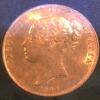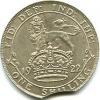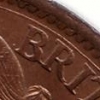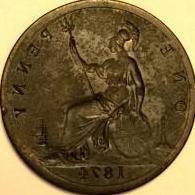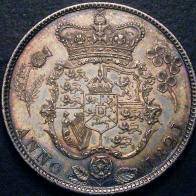This coin illustrated on plate 14, item 13 of “A View of the Silver Coinage of England” is listed under unknown mints and referred to as “Amongst the very great variety of this King’s money, altho’ we meet many very rude, and of bad workmanship, yet we think none of them comes up to the halfcrown No 13, the barbarous work of which was certainly that of a smith and not of an engraver.”
This coin engraving is also used by martin Folkes in ‘Table of Silver Coins,… Plate XXVI, Fig 5 in 1763. - These plates were prepared before his death in 1754. Ruding in the following century republished the Folkes’ plates, in the three editions of his work.
Although now commonly referred to as the ‘Blacksmith’s halfcrown’, in 1861, Aquilla Smith assigned this piece to Ireland’s Rebellion necessity series and specifically to the Confederate Catholics in Kilkenny circa 1642.
I believe the coin is identifiable by the weak striking of the horse’s raised foreleg, and the unusual reverse decoration of ‘wheat ears’ or as Maurice Bull describes them, three lilly buds, upper left and right on reverse. (Bull 19A, Rev 2).
The coin’s known provenance is Marsham, Murdoch, Hilton-Price, and Lockett. In the Lockett catalogue June1957 this piece is described as “Reputed to be the finest known example of this ill-struck series, very rare”.
 Coinpublications.com
Coinpublications.com
